
How to Use 2SH12: Examples, Pinouts, and Specs
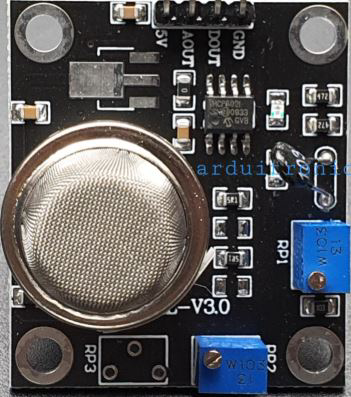
 Design with 2SH12 in Cirkit Designer
Design with 2SH12 in Cirkit DesignerIntroduction
The 2SH12 is a small-signal N-channel MOSFET designed for low-power switching applications. It is widely used in circuits requiring efficient switching due to its low on-resistance and fast switching speeds. The 2SH12 is ideal for applications such as signal amplification, low-power DC-DC converters, and general-purpose switching in embedded systems.
Explore Projects Built with 2SH12
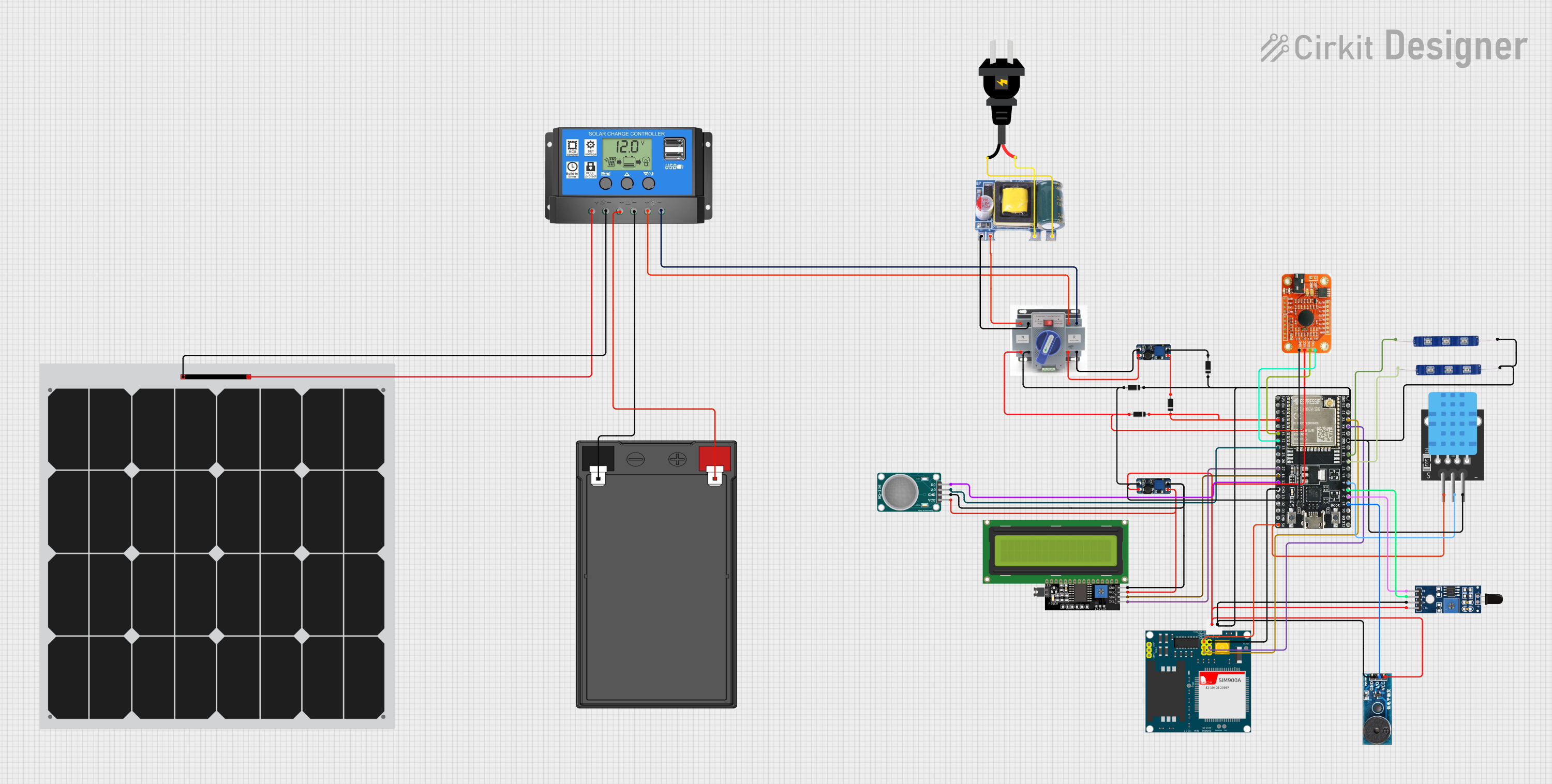
 Open Project in Cirkit Designer
Open Project in Cirkit Designer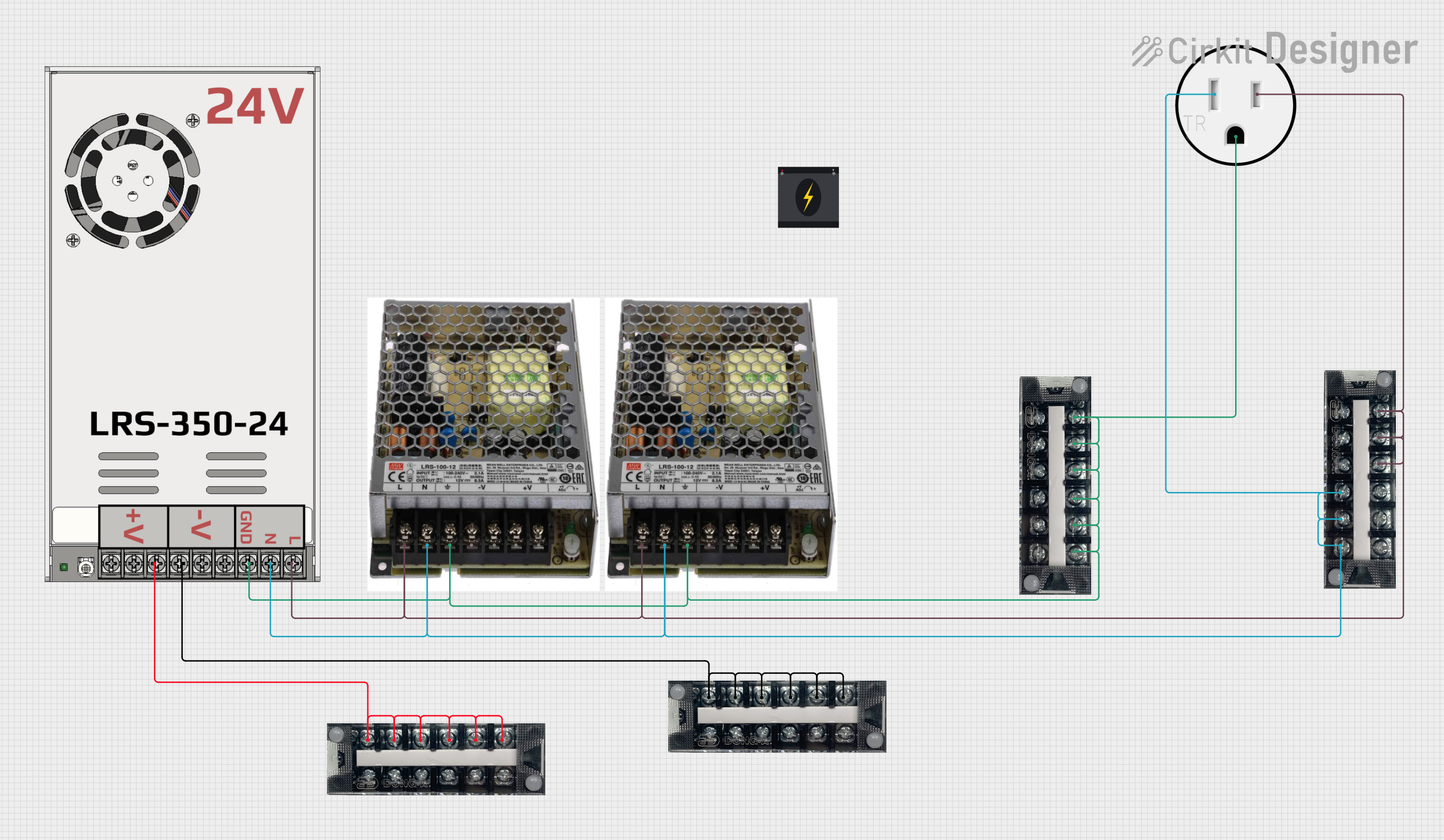
 Open Project in Cirkit Designer
Open Project in Cirkit Designer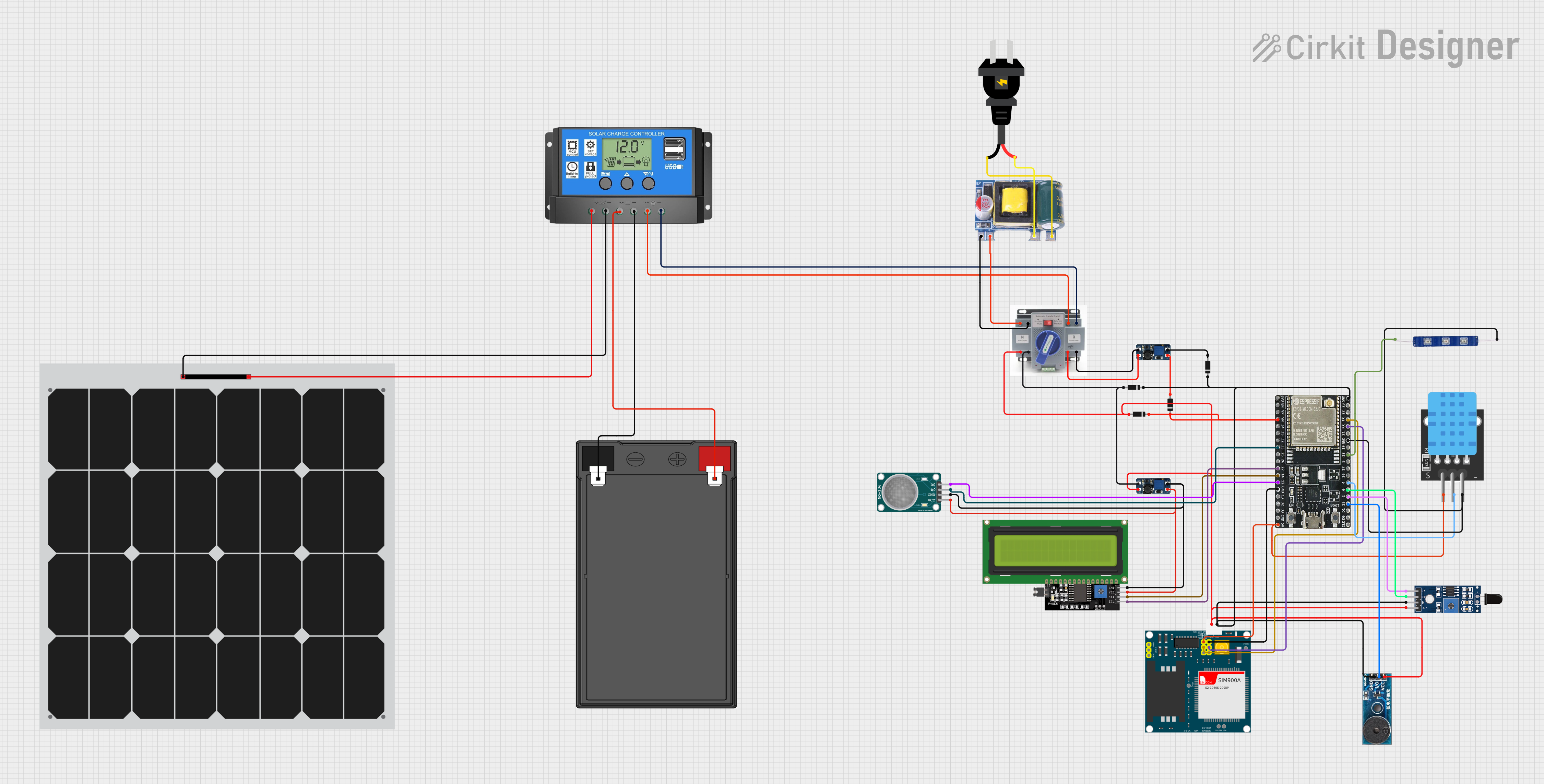
 Open Project in Cirkit Designer
Open Project in Cirkit Designer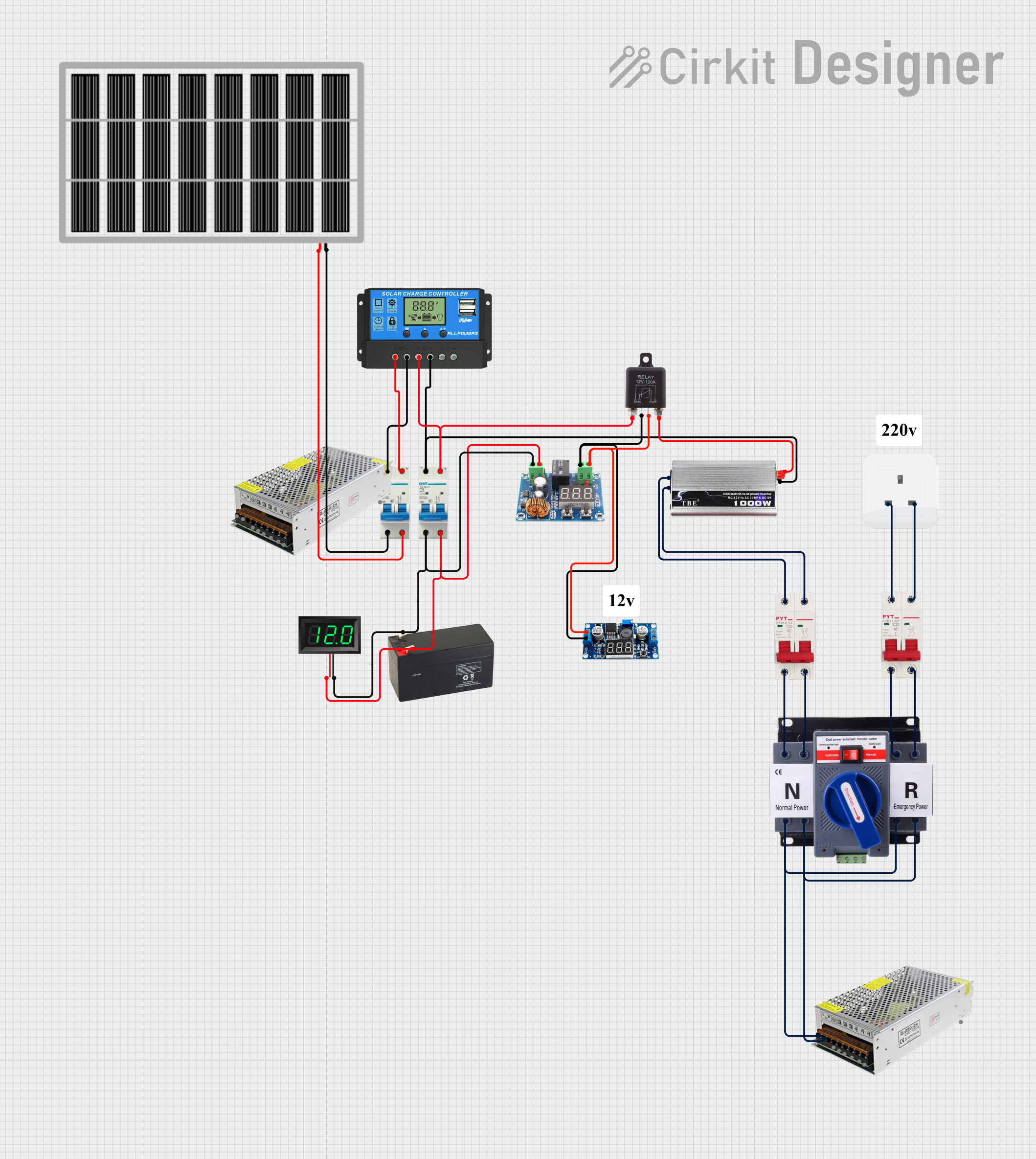
 Open Project in Cirkit Designer
Open Project in Cirkit DesignerExplore Projects Built with 2SH12

 Open Project in Cirkit Designer
Open Project in Cirkit Designer
 Open Project in Cirkit Designer
Open Project in Cirkit Designer
 Open Project in Cirkit Designer
Open Project in Cirkit Designer
 Open Project in Cirkit Designer
Open Project in Cirkit DesignerCommon Applications:
- Low-power switching circuits
- Signal amplification
- DC-DC converters
- Motor drivers for small loads
- General-purpose switching in microcontroller-based systems
Technical Specifications
The following table outlines the key technical specifications of the 2SH12 MOSFET:
| Parameter | Value |
|---|---|
| Type | N-channel MOSFET |
| Maximum Drain-Source Voltage (VDS) | 60V |
| Maximum Gate-Source Voltage (VGS) | ±20V |
| Continuous Drain Current (ID) | 200mA |
| Pulsed Drain Current (ID,pulse) | 800mA |
| On-Resistance (RDS(on)) | 2.5Ω (at VGS = 10V) |
| Gate Threshold Voltage (VGS(th)) | 2V to 4V |
| Power Dissipation (PD) | 300mW |
| Operating Temperature Range | -55°C to +150°C |
Pin Configuration and Descriptions
The 2SH12 is typically available in a TO-92 package. The pinout is as follows:
| Pin Number | Pin Name | Description |
|---|---|---|
| 1 | Gate | Controls the MOSFET switching operation |
| 2 | Drain | Current flows from drain to source |
| 3 | Source | Connected to ground or load return path |
Usage Instructions
How to Use the 2SH12 in a Circuit
- Gate Control: Apply a voltage to the Gate (Pin 1) to control the MOSFET. A voltage above the threshold (typically 2V to 4V) will turn the MOSFET on, allowing current to flow between the Drain (Pin 2) and Source (Pin 3).
- Load Connection: Connect the load between the Drain (Pin 2) and the positive supply voltage. The Source (Pin 3) is typically connected to ground.
- Gate Resistor: Use a resistor (e.g., 10kΩ) between the Gate and ground to ensure the MOSFET remains off when no control signal is applied.
- Switching Speed: To achieve fast switching, minimize the capacitance on the Gate by using a low-value resistor (e.g., 100Ω) in series with the Gate.
Example Circuit with Arduino UNO
The 2SH12 can be used to control a small DC motor with an Arduino UNO. Below is an example circuit and code:
Circuit Connections:
- 2SH12 Gate (Pin 1): Connect to Arduino digital pin (e.g., D9) through a 220Ω resistor.
- 2SH12 Drain (Pin 2): Connect to one terminal of the motor.
- 2SH12 Source (Pin 3): Connect to ground.
- Motor's Other Terminal: Connect to the positive supply voltage (e.g., 5V or 12V).
Arduino Code:
// Example code to control a motor using the 2SH12 MOSFET
// Connect the MOSFET Gate to pin 9 of the Arduino
const int motorPin = 9; // Pin connected to the MOSFET Gate
void setup() {
pinMode(motorPin, OUTPUT); // Set the motor pin as an output
}
void loop() {
digitalWrite(motorPin, HIGH); // Turn the motor ON
delay(1000); // Keep the motor ON for 1 second
digitalWrite(motorPin, LOW); // Turn the motor OFF
delay(1000); // Keep the motor OFF for 1 second
}
Important Considerations:
- Voltage Levels: Ensure the Gate voltage (VGS) is within the specified range (±20V).
- Current Limitations: Do not exceed the maximum continuous drain current (200mA) to avoid damaging the MOSFET.
- Heat Dissipation: For prolonged use, ensure adequate heat dissipation, especially if operating near the maximum power dissipation (300mW).
Troubleshooting and FAQs
Common Issues and Solutions:
MOSFET Not Switching On:
- Ensure the Gate voltage (VGS) is above the threshold voltage (2V to 4V).
- Check for a proper connection between the Gate and the control signal.
Excessive Heat Generation:
- Verify that the current through the MOSFET does not exceed 200mA.
- Use a heatsink or improve ventilation if necessary.
Motor Not Running:
- Check the connections between the motor, MOSFET, and power supply.
- Ensure the Arduino pin is configured as an output and is providing the correct signal.
MOSFET Always On or Off:
- Check for a short circuit between the Gate and Drain or Source.
- Ensure the Gate resistor is properly connected to ground.
FAQs:
Q: Can the 2SH12 handle high-power loads?
A: No, the 2SH12 is designed for low-power applications with a maximum drain current of 200mA. For high-power loads, consider using a power MOSFET.
Q: What is the maximum switching frequency of the 2SH12?
A: The 2SH12 supports fast switching speeds, typically in the range of hundreds of kHz, depending on the circuit design and load.
Q: Can I use the 2SH12 with a 3.3V microcontroller?
A: Yes, as long as the Gate voltage exceeds the threshold voltage (2V to 4V). However, performance may vary, and a logic-level MOSFET may be more suitable for 3.3V systems.
Q: Do I need a flyback diode for inductive loads?
A: Yes, always use a flyback diode across inductive loads (e.g., motors) to protect the MOSFET from voltage spikes during switching.